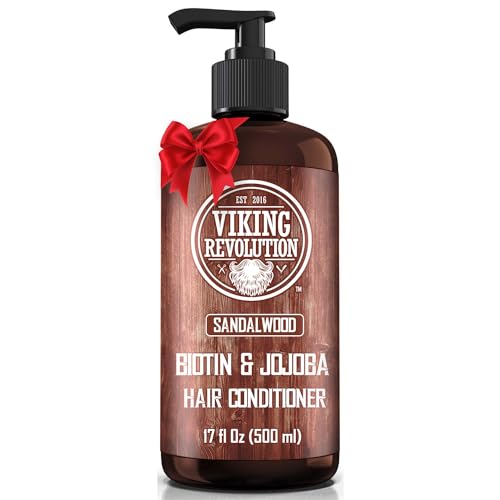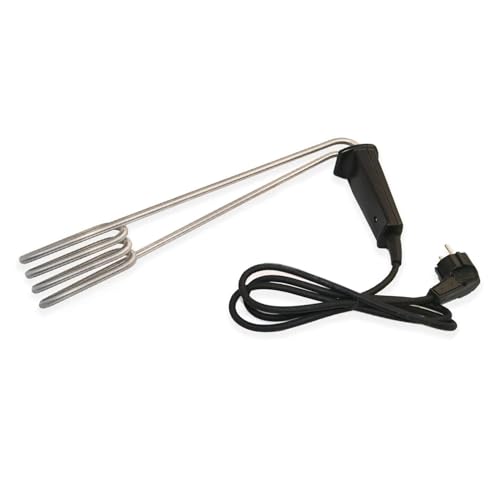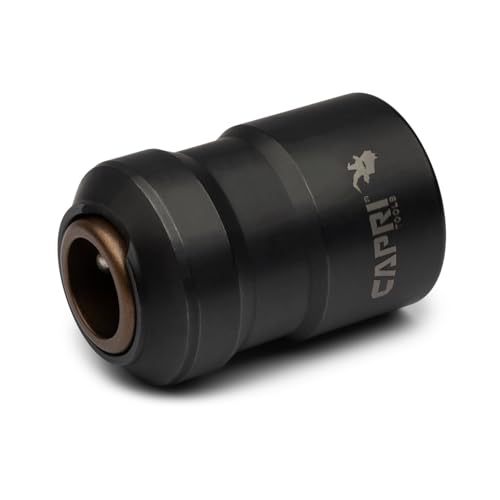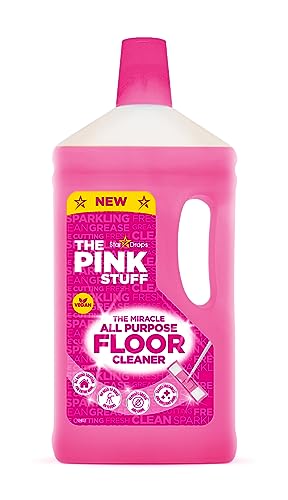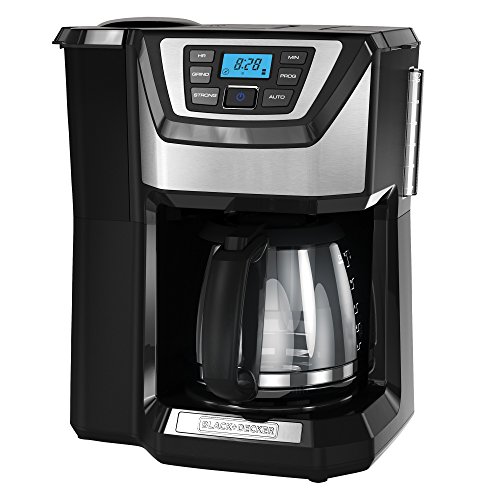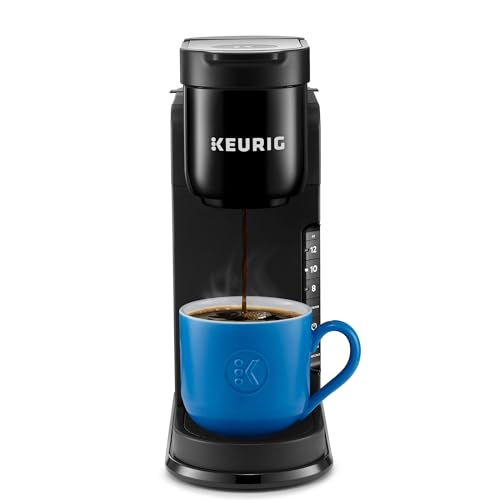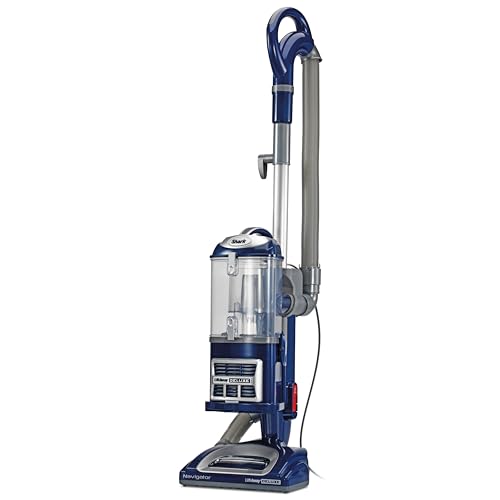Need to cap a refrigerator water line? It’s easier than you think.
This guide will show you how. Capping a refrigerator water line is a common task for homeowners. Whether you’re moving the fridge or just don’t need the water line anymore, knowing how to cap it can save you a lot of trouble.
The process is straightforward and doesn’t require professional help. In this blog post, you’ll learn the steps to safely and effectively cap your refrigerator water line. This will help prevent any leaks or water damage in your kitchen. Ready to get started? Let’s dive in!
Gather Necessary Tools
Before capping a refrigerator water line, it’s crucial to gather the necessary tools. Having the right tools ensures a smooth and efficient process. This step sets the foundation for the entire task.
Essential Tools List
To cap a refrigerator water line, you need several essential tools. These tools help you complete the job efficiently. Below is a list of the necessary items:
- Adjustable wrench: For tightening and loosening fittings.
- Tube cutter: To cut the water line cleanly.
- Compression cap: To seal the end of the water line.
- Plumber’s tape: To ensure a watertight seal.
- Bucket or towel: To catch any water drips.
Where To Find Tools
Finding the right tools is easy. Most tools are available at hardware stores. Here are some places to get them:
- Local hardware stores: Visit your nearest store for all essential tools.
- Online retailers: Websites like Amazon and Home Depot offer these tools.
- Specialty plumbing stores: These stores provide specific plumbing tools.
Below is a quick reference table for the essential tools and where to find them:
| Tool | Where to Find |
|---|---|
| Adjustable wrench | Hardware store, Online retailer |
| Tube cutter | Hardware store, Online retailer |
| Compression cap | Hardware store, Specialty plumbing store |
| Plumber’s tape | Hardware store, Online retailer |
| Bucket or towel | Any store, Online retailer |
Ensure you have all these tools before starting the task. This preparation saves time and avoids frustration. Happy capping!
Turn Off Water Supply
Turning off the water supply is a crucial first step before capping a refrigerator water line. This ensures no water leakage and prevents potential damage. Follow these steps to safely turn off the water supply.
Locate The Valve
First, find the valve that controls the water supply to the refrigerator. It is usually located behind the fridge or under the sink. This valve could be a small lever or a round knob.
Ensure Complete Shut-off
Turn the valve clockwise to shut off the water supply. Ensure it is completely turned off to stop water flow. Check for any leaks or drips around the valve. Confirm no water is reaching the refrigerator before proceeding.
Disconnect The Water Line
Disconnecting the water line from your refrigerator may seem like a daunting task. But with the right steps, you can do it safely and quickly. This process is essential when you need to cap the water line effectively. Follow these steps to ensure you do it correctly.
Prepare The Area
Before you start, clear the area around your refrigerator. Move any items that might be in your way. Ensure you have enough space to work comfortably. Gather the tools you will need. These usually include a wrench, a bucket, and some towels.
Detach The Water Line
First, locate the water supply valve. This is usually behind the refrigerator or under the sink. Turn off the water supply to prevent leaks. Use your wrench to loosen the nut connecting the water line to the refrigerator. Once loose, carefully pull the water line away from the refrigerator. Have your bucket ready to catch any remaining water.
Next, check the water line for any damage. If you see any issues, you might need to replace the line. If it looks fine, you can proceed to capping it. This ensures no water leaks from the disconnected line.
Clean And Dry The Connection
Before capping your refrigerator water line, it is essential to clean and dry the connection. This step ensures a proper seal and prevents future leaks. Follow these steps carefully for the best results.
Remove Residual Water
Start by turning off the water supply to the refrigerator. Then, use a towel to wipe any visible water around the connection point. You might need a small container to catch any remaining water in the line.
Next, gently disconnect the water line from the refrigerator. Tilt the line to drain any trapped water. Ensure the area is free from moisture before moving to the next step.
Dry The Connection Point
After removing the water, focus on drying the connection point. Use a dry cloth or paper towel to absorb any remaining moisture. Pay attention to crevices where water might hide.
Once the area is dry, inspect it for any signs of damage or wear. This will help you identify potential issues before capping the line. Ensuring a dry connection point is crucial for a tight seal and leak prevention.
Install The Cap
After you’ve turned off the water supply and drained the line, it’s time to install the cap. This step is crucial for preventing leaks and ensuring your refrigerator functions properly. Follow these simple instructions to get it done right.
Choose The Right Cap
First, you need to select the correct cap. Caps come in various sizes and materials. Ensure you pick one that matches the diameter of your water line. Typically, refrigerator water lines are either 1/4 inch or 3/8 inch in diameter.
| Material | Best For |
|---|---|
| Brass | Durability and high pressure |
| Plastic | Lightweight and low pressure |
Secure The Cap In Place
Once you have the right cap, it’s time to secure it. Follow these steps:
- Ensure the end of the water line is clean and dry.
- Place the cap over the end of the line.
- Use a wrench to tighten the cap firmly.
- Check for any leaks by turning the water supply back on.
It’s important to tighten the cap properly. A loose cap can lead to leaks, while overtightening can damage the water line.
With these steps, you can easily install a cap on your refrigerator water line. This will help you avoid potential water damage and keep your refrigerator running smoothly.
Test For Leaks
After capping the refrigerator water line, it is crucial to check for leaks. This ensures everything is sealed properly. Testing for leaks is a simple yet vital step to prevent future water damage.
Turn On The Water Supply
First, you need to turn on the water supply. Locate the main water valve and slowly turn it back on. This allows water to flow through the pipes again. Be cautious and turn the valve slowly to avoid sudden pressure surges.
Once the water is turned on, wait a few moments. This gives the system time to pressurize.
Check For Any Leaks
Next, inspect the capped water line for any leaks. Look closely at the capped area. Use a flashlight if necessary to get a better view.
Run your fingers around the cap to feel for moisture. You can also place a dry paper towel around the cap. If it gets wet, there is a leak.
If you detect a leak, turn off the water supply immediately. Tighten the cap and repeat the process. Ensure the cap is secure to avoid future issues.
Testing for leaks is essential to ensure your work is done right. Skipping this step can lead to water damage and costly repairs.
Final Touches
After capping the refrigerator water line, it’s important to do final touches. These ensure everything is secure and tidy. This will avoid future leaks and messes. Focus on tightening connections and cleaning up the workspace.
Tighten Connections
First, check all the connections. Make sure they are tight. Use a wrench to give an extra turn if needed. Hand-tight may not be enough. Leaks can happen if connections are loose.
Inspect the cap and the pipe. Look for any gaps. Ensure the cap sits flush with the pipe. This helps prevent leaks. Tight connections mean a safer water line.
Clean Up The Workspace
Next, clean up your workspace. Remove any tools and materials. Check for any water spills. Wipe them up with a cloth. Wet areas can lead to mold and damage.
Dispose of any waste properly. Put away unused parts. A clean workspace makes the job look finished. It also ensures you don’t leave any hazards behind.
Finally, double-check your work. Make sure everything looks in place. This final step gives peace of mind. Your water line is now capped and secure.
Frequently Asked Questions
What Tools Do I Need To Cap A Refrigerator Water Line?
You will need an adjustable wrench, a cap for the water line, and plumber’s tape.
How Do I Turn Off The Water Supply?
Locate the shut-off valve behind the refrigerator and turn it clockwise to stop the water flow.
Can I Cap The Water Line Myself?
Yes, capping a water line is a simple DIY task. Follow the instructions carefully.
Why Would I Need To Cap My Refrigerator Water Line?
You might need to cap the water line if you no longer use the ice maker or water dispenser.
Conclusion
Capping a refrigerator water line is simple with the right steps. Follow the guide above to ensure a leak-free result. Always double-check connections to prevent any future issues. Gather all necessary tools before starting. Take your time and stay patient.
Successfully capping your water line can save you money and hassle. Happy repairing!

Every home has a story, and I’m here to help you write yours. At Nest ICU, I blend a passion for design with practical expertise to inspire homeowners to transform their spaces into something extraordinary. From cozy bedrooms to stunning outdoor retreats, I believe the magic of a dream home lies in the details—and I’m here to share them with you.
Have questions, ideas, or just want to chat about your next project? Reach out to me at admin@nesticu.com. Let’s turn your vision into a masterpiece, one room at a time. Your dream space is just a click away.

